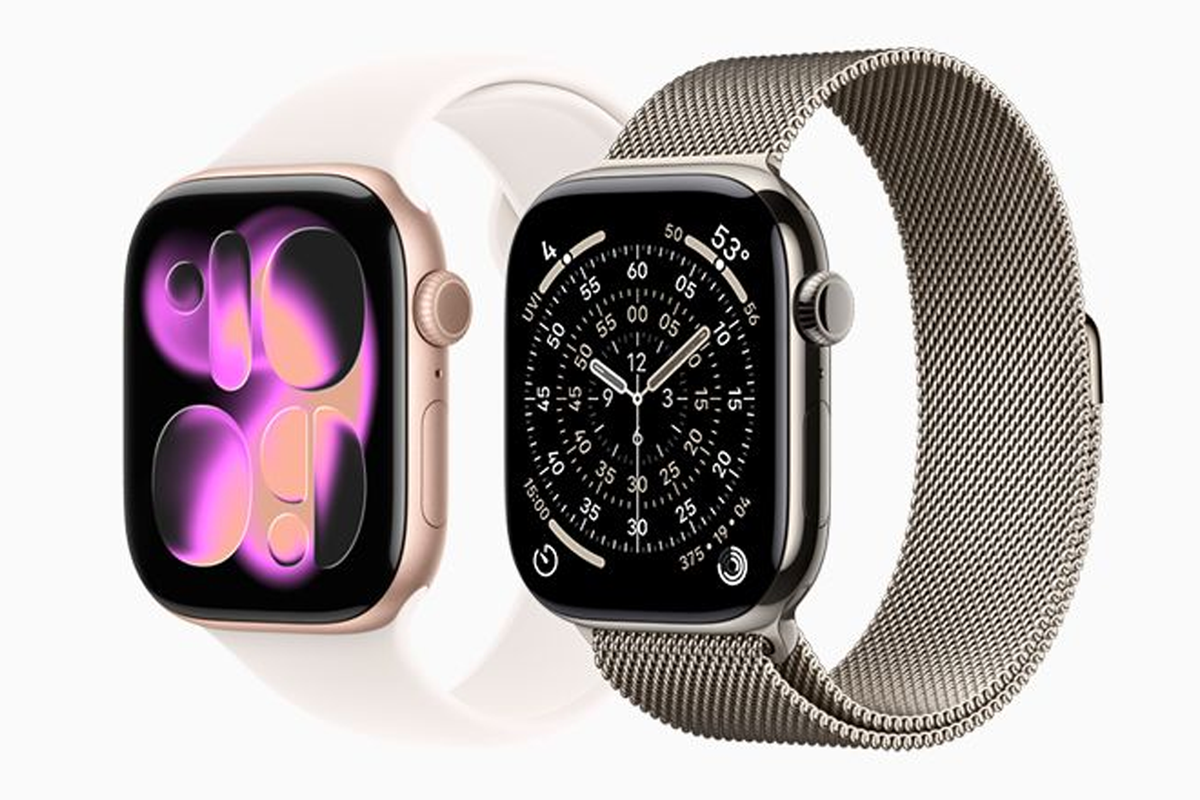Health
Apple Watch Series 11 Launches with Hypertension Detection Feature

Apple has unveiled its latest smartwatch, the Apple Watch Series 11, which introduces several health features, including a notification system that alerts users to potential high blood pressure, also known as hypertension. This condition affects approximately 1.3 billion people globally, with nearly half remaining undiagnosed. Factors contributing to this lack of awareness include limited access to healthcare, the absence of noticeable symptoms, and the fact that a single blood pressure reading may not provide an accurate diagnosis.
The ability to detect high blood pressure could significantly reduce the risk of serious health issues such as heart attacks, strokes, kidney disease, and dementia. However, the effectiveness of the Apple Watch in accurately diagnosing hypertension remains a topic of scrutiny.
Understanding the Technology Behind the Alert
The Apple Watch’s hypertension alert relies on the analysis of changes in blood volume corresponding to heartbeats. This measurement is facilitated by a light sensor located on the watch’s back. While this technology is not groundbreaking—companies like Samsung and Aktiia have adopted similar methods—Apple’s approach aims to provide a more accessible means of monitoring blood pressure without the need for a traditional cuff that tightens around the arm.
When the watch detects significant changes in blood flow, users receive a notification indicating they may have high blood pressure. It is crucial to note that this notification does not constitute a formal diagnosis, as blood pressure must be verified by a healthcare professional.
Currently, users will not receive specific blood pressure readings from the Apple Watch. Cuffless monitoring technologies offer a more comfortable alternative to traditional methods, allowing for continuous monitoring during daily activities. Yet, the evidence supporting the accuracy of these devices remains limited, with many uncertainties regarding their performance across different skin tones and various everyday situations.
Regulatory Approvals and Clinical Guidelines
Despite the limitations, some companies have received regulatory clearance to market their cuffless devices as medical technologies. Apple has obtained similar clearance for its hypertension feature. However, no clinical guidelines currently recommend the use of cuffless devices for blood pressure measurement due to ongoing concerns about their accuracy.
Regular blood pressure checks conducted by healthcare professionals remain essential. Individuals are encouraged to monitor their blood pressure at home using validated cuff-based devices. At present, there is no comprehensive evidence confirming how well these new technologies perform in clinical settings, although research studies are ongoing.
The introduction of alerts for possible hypertension could potentially overwhelm healthcare systems, given Apple’s extensive market reach and the high prevalence of undiagnosed hypertension. Patients receiving these notifications may experience anxiety and may seek medical advice, leading to an increased demand for healthcare resources.
If users of the Apple Watch receive a hypertension alert, they are advised to monitor their blood pressure with a traditional cuff-based device over a period of three to seven days and share these readings with their healthcare provider. Apple’s guidelines specify that the hypertension feature should not be used by individuals under 22 years of age, pregnant women, or those already diagnosed with hypertension.
While cuffless devices like the Apple Watch have the potential to enhance the detection of high blood pressure—a pressing public health need—this promise must be accompanied by rigorous validation of their accuracy and relevance for both patients and clinicians. As this technology evolves, it will be critical for healthcare systems to adapt to accommodate the growing number of individuals seeking care based on these alerts.
-

 Health3 months ago
Health3 months agoNeurologist Warns Excessive Use of Supplements Can Harm Brain
-

 Health3 months ago
Health3 months agoFiona Phillips’ Husband Shares Heartfelt Update on Her Alzheimer’s Journey
-

 Science1 month ago
Science1 month agoBrian Cox Addresses Claims of Alien Probe in 3I/ATLAS Discovery
-

 Science1 month ago
Science1 month agoNASA Investigates Unusual Comet 3I/ATLAS; New Findings Emerge
-

 Science1 month ago
Science1 month agoScientists Examine 3I/ATLAS: Alien Artifact or Cosmic Oddity?
-

 Science1 month ago
Science1 month agoNASA Investigates Speedy Object 3I/ATLAS, Sparking Speculation
-

 Entertainment5 months ago
Entertainment5 months agoKerry Katona Discusses Future Baby Plans and Brian McFadden’s Wedding
-

 Entertainment4 months ago
Entertainment4 months agoEmmerdale Faces Tension as Dylan and April’s Lives Hang in the Balance
-

 World3 months ago
World3 months agoCole Palmer’s Cryptic Message to Kobbie Mainoo Following Loan Talks
-

 Science1 month ago
Science1 month agoNASA Scientists Explore Origins of 3I/ATLAS, a Fast-Moving Visitor
-

 Entertainment2 months ago
Entertainment2 months agoLewis Cope Addresses Accusations of Dance Training Advantage
-

 Entertainment3 months ago
Entertainment3 months agoMajor Cast Changes at Coronation Street: Exits and Returns in 2025









